Script and Textual Contents
Description and Contents
The text is in Latin, written in the rounded Italian type of Gothic bookhand (textualis).
MS 196: the initial D opened the responsory for the first lesson of Matins for the second Sunday after Epiphany, which begins beside the initial on the original recto of the leaf and continues on the verso, Domine ne in ira tua arguas me neque in furore tuo corripias me. Miserere michi domine quo[niam]
MS 197: the miniature and initial, which would have been on the original verso of the leaf, introduced the responsory for the first lesson of Matins for Septuagesima Sunday, which begins beneath the image, In principio fecit Deus celum et ter[ram]. The reverse (the original recto of the leaf), contains the end of the antiphon, Psalm 68, versicle and responsory of the first nocturn of Matins for Septuagesima Sunday, [Tu Domine servabis nos et cus]todies nos, followed by Ps[almus] Salvum me fac d[eus]. V[ersiculus] Memor fui nocte nominis tui d[omine]. R[esponsorium] Et custodivi legem tuam.
MS 198: the initial, which would have been on the original verso of the leaf, opened Psalm 109, and the page contains the first two verses of the Psalm, Dixit dominus domino meo…virgam virtutis tuae emittet dominus. The reverse (the original recto of the leaf) preserves two musical staves and two lines of text containing the antiphon for the first psalm of the first nocturn of Vespers for a Sunday in the Easter season, Aleluia. Euoue Dixit dominus [Domino meo sede a dextris meis] Euoue.
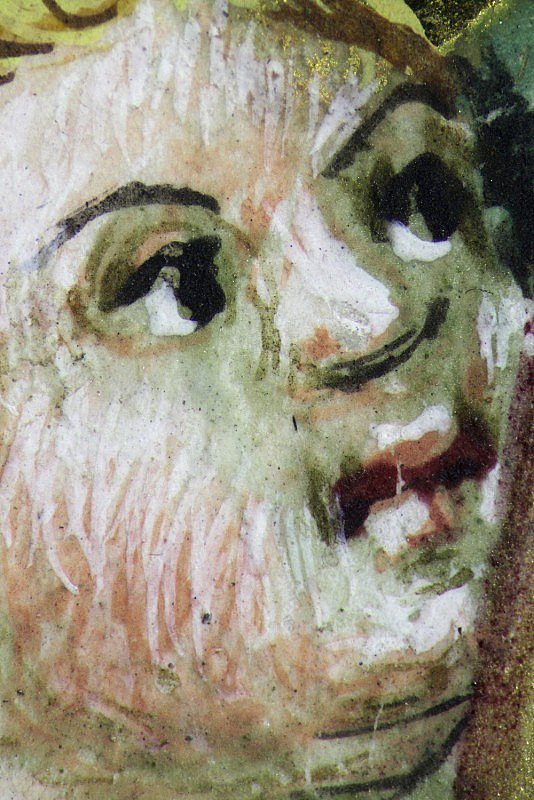
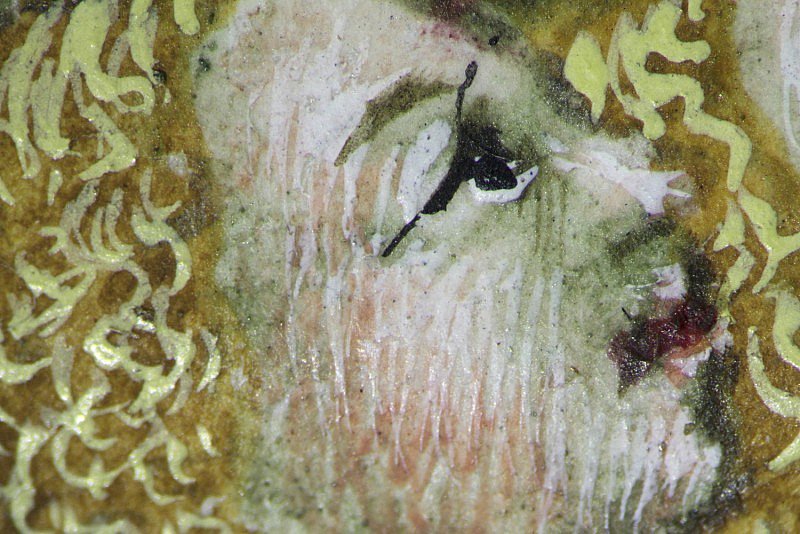
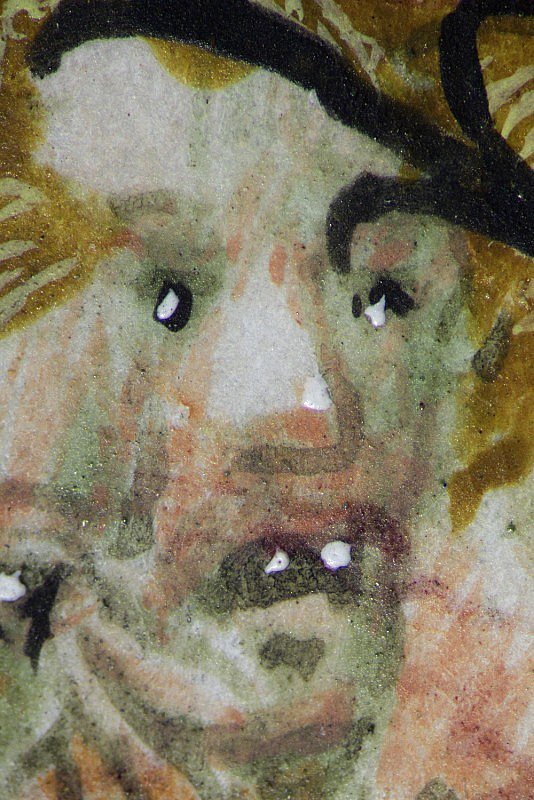
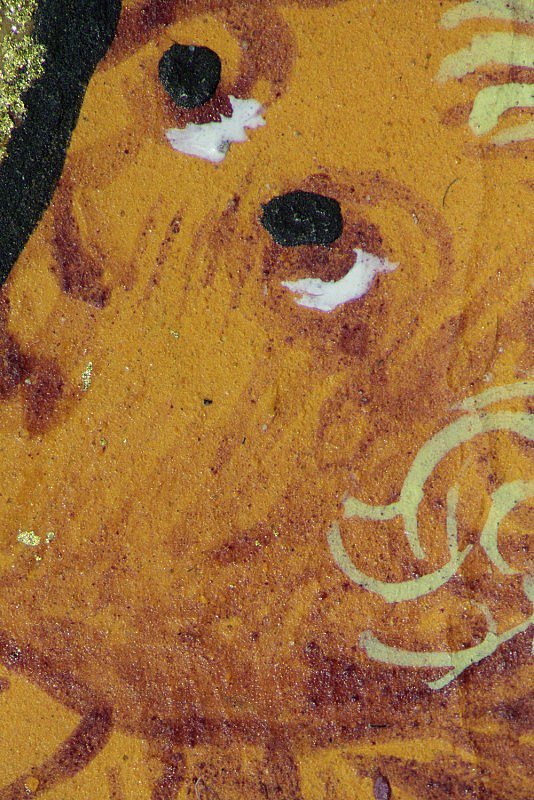
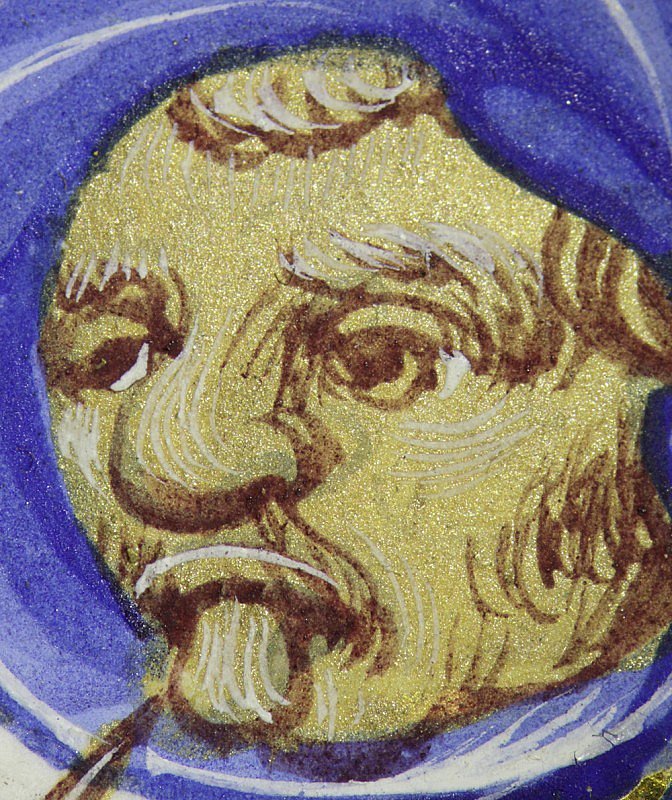
Last Judgement
This leaf came from an Antiphoner made for the Hospital of Santa Maria della Scala in Siena c. 1460-1477. The initial D belonged to the office of Matins for the second Sunday after Epiphany. The Last Judgement was created by Sano di Pietro, who worked as both panel painter and illuminator. It reveals the continuous reuse of motifs that the artist made across the two media throughout his long and successful career. The figure of Christ echoes that in the pinnacle of the Gesuati altarpiece, Sano di Pietro’s earliest securely dated work, commissioned for the Gesuati’s enlarged church of San Girolamo near the Porta Peruzzini, and completed and signed by the artist in 1444 (Siena, Pinacoteca Nazionale, inv. 246).
Related content: Lab
- Overview of Artists' Materials: 'Mosaic gold'
- Overview of Artists' Materials: Lead white
- Overview of Artists' Materials: Malachite
- Overview of Artists' Materials: Minium and Red lead
- Analytical Methods: Near-infrared imaging
- Analytical Methods: Optical microscopy
- Overview of Artists' Techniques: Painting the flesh
